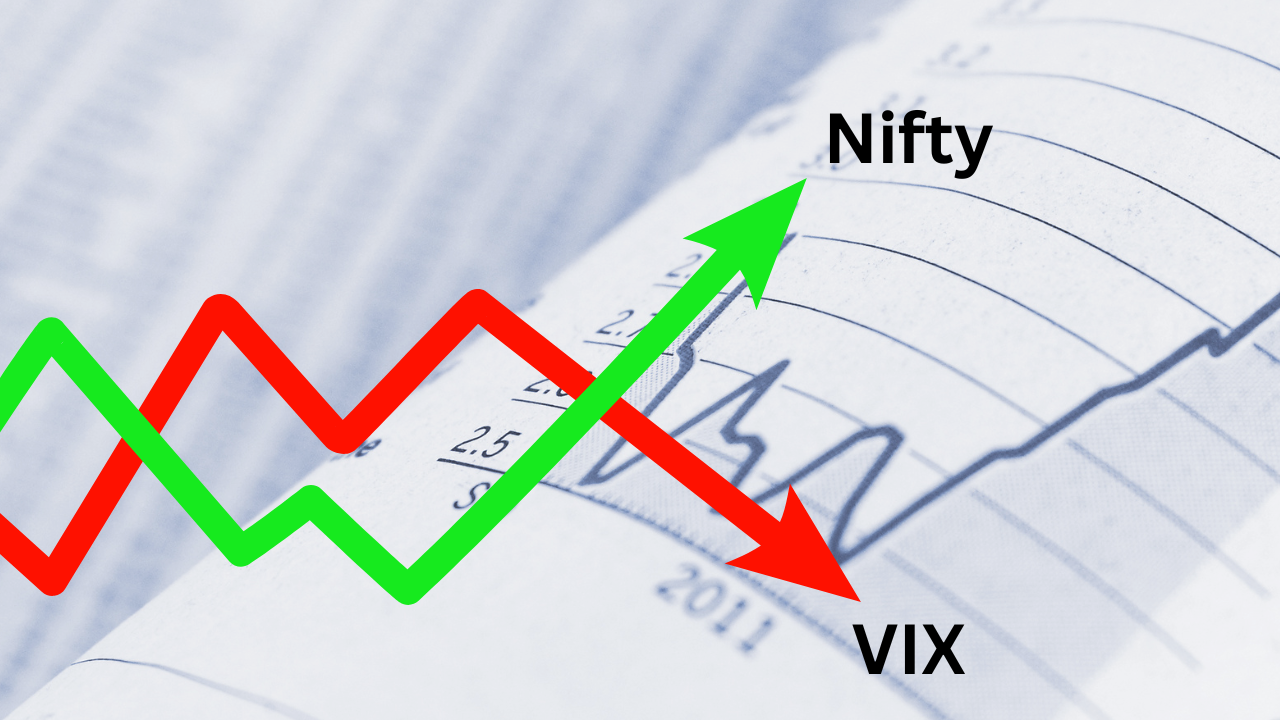Brief:
The India VIX, short for India Volatility Index, is a benchmark that gauges the market's expectation of volatility in the next 30 calendar days. Introduced in 2003 by the National Stock Exchange (NSE), it functions similarly to the CBOE Volatility Index (VIX) in the US.
How Does it Work?
Unlike traditional indices that track stock prices, the India VIX doesn't reflect a specific value. Instead, it's derived from the pricing of Nifty options contracts. By analyzing the difference between the bid and ask prices of these options, a volatility figure is calculated, indicating the anticipated level of fluctuation for the Nifty 50 index over the next month.
Key Distinction from Other Indices:
Regular indices like Nifty 50 track the price movement of underlying stocks. The VIX, on the other hand, measures investor sentiment about future volatility, not current prices.
Nifty 50 reflects the overall performance of the stock market, whereas the VIX is a separate indicator solely focused on volatility expectations.
Relation to Equity, Debt, and Commodity Markets:
The India VIX primarily reflects volatility expectations in the equity market, specifically the Nifty 50. However, since equities often influence other asset classes, a rise in the VIX can indicate potential increased volatility in debt and commodity markets as well. Investors should be aware of this interconnectedness.
DISCLAIMER: This blog is solely for educational purposes and not to offer any investment advice. Please do your own research or consult a financial advisor before making any investment decisions.



Comments